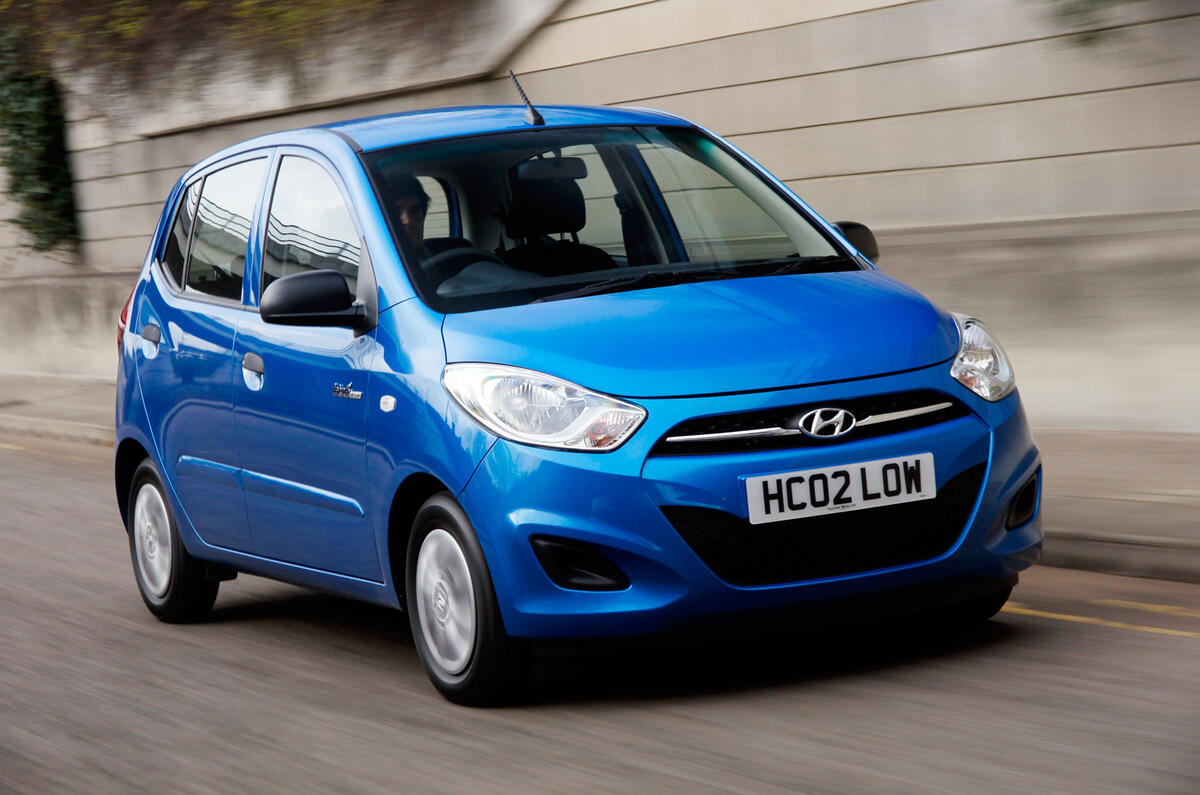Hyundai has a history of producing cheap, competent but forgettable small cars. Previous budget offerings such as the Atoz were light on the pocket, but offered little to the enthusiast driver, the image conscious or even those looking for a nicely resolved runaround.
The Hyundai Hyundai i10 became Hyundai’s first serious attempt at a city car in 2007. And after the universal praise heaped on the Focus-sized Hyundai i30 hatch when it arrived the same year, which was instantly lauded as perhaps the finest Korean car Europe had seen, big things were expected of this little car.
At the time, it was for Hyundai to mix the value and dependability for which it was already reputed with enough quality and dynamic sparkle to distinguish the i10 in a class populated by fairly ordinary cars. But since 2007, the likes of the Volkswagen Up and renewed Fiat Panda have made the city car competition much stiffer.
used Hyundai i10 2008-2013 cars for sale








